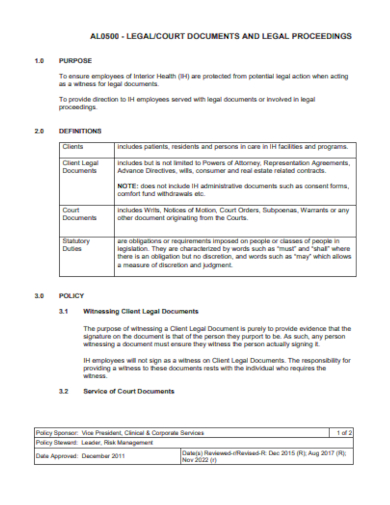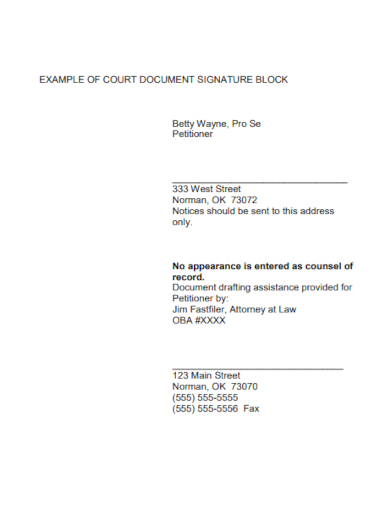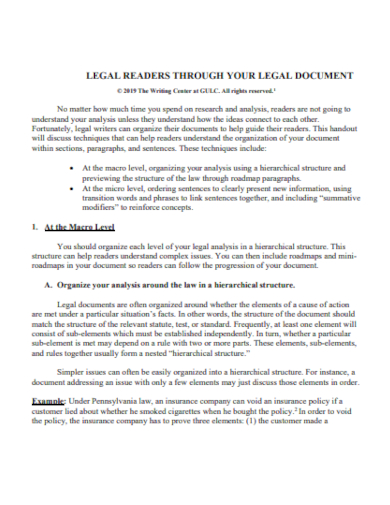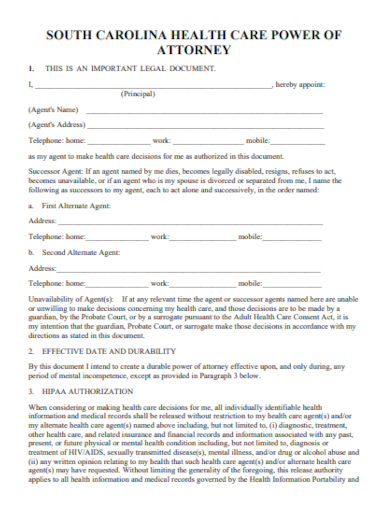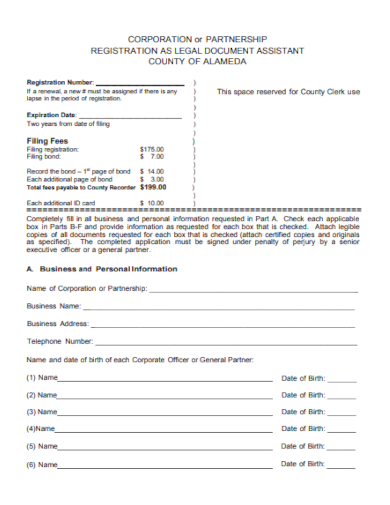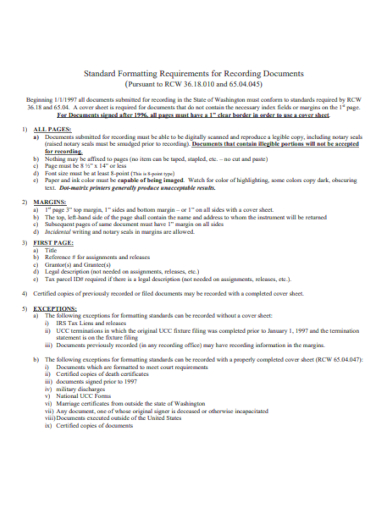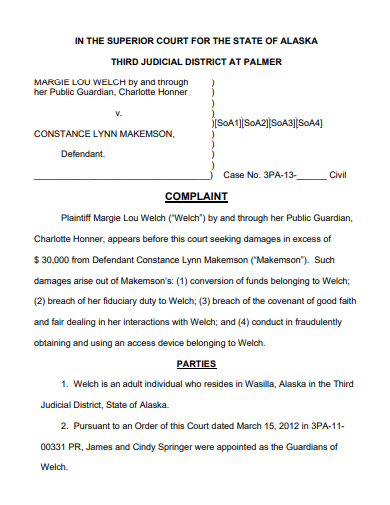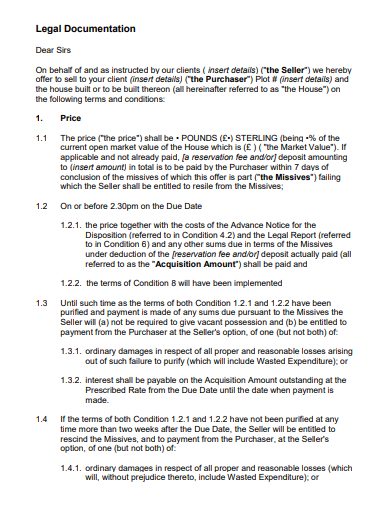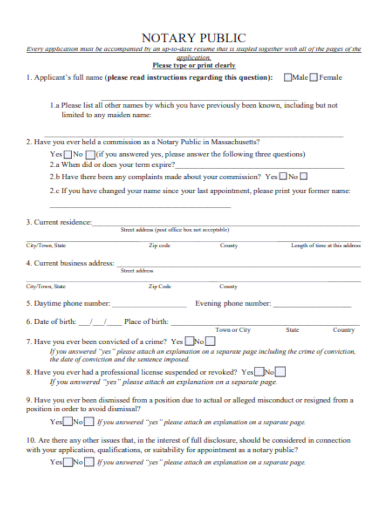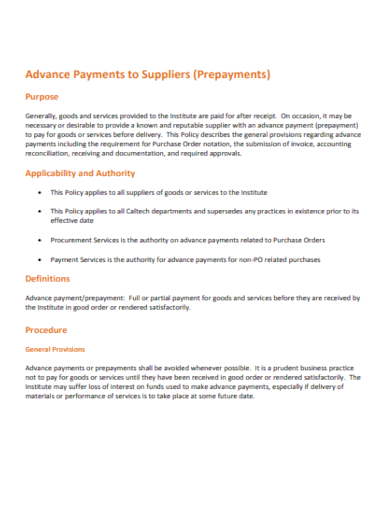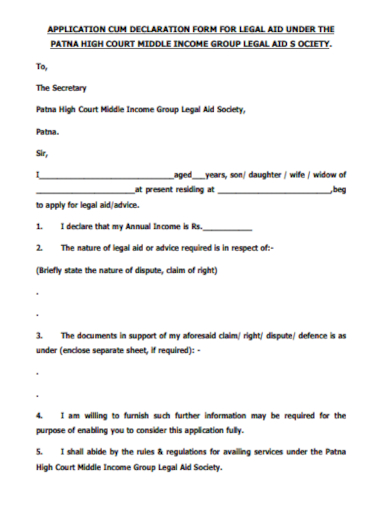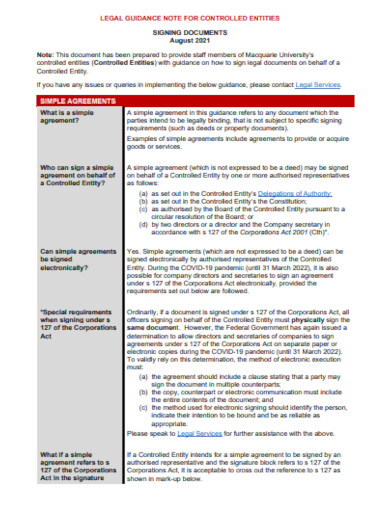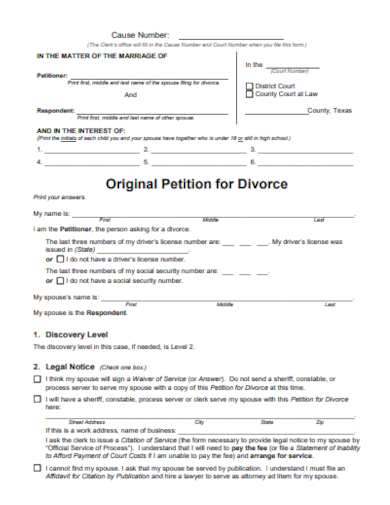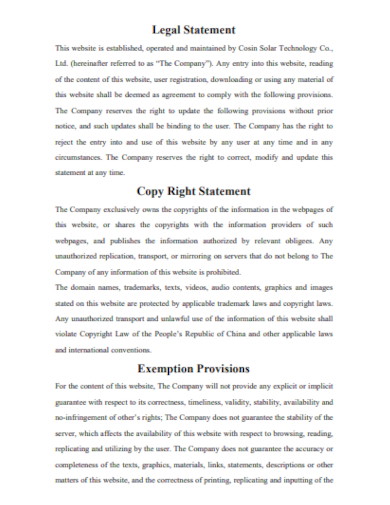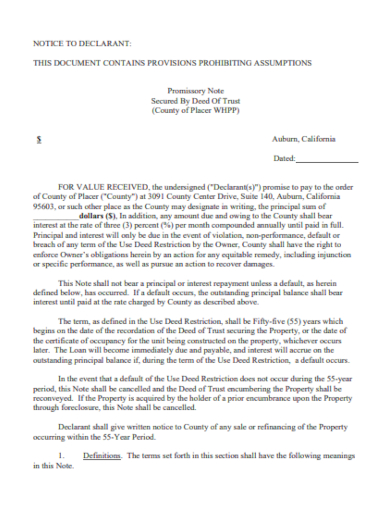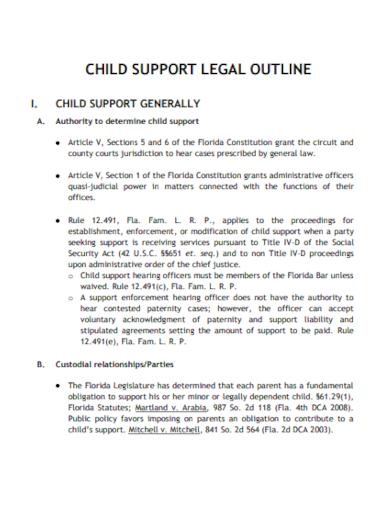Introducing our meticulously crafted Sample Legal Document Template, your trusted companion in navigating the complexities of the legal world. Whether you’re drafting contracts, sample agreements, or legal correspondence, this comprehensive template empowers you with a versatile framework. With its user-friendly format and customizable features, you’ll streamline your legal processes effortlessly. Save time, reduce errors, and ensure compliance with this invaluable resource at your fingertips. Say goodbye to legal document headaches and elevate your legal documentation game. Get started today for a smoother, more efficient legal journey!
20+ Legal Document Samples
1. Legal Document Template

2. Legal Memo Template

3. Legal Partnership Deed Template
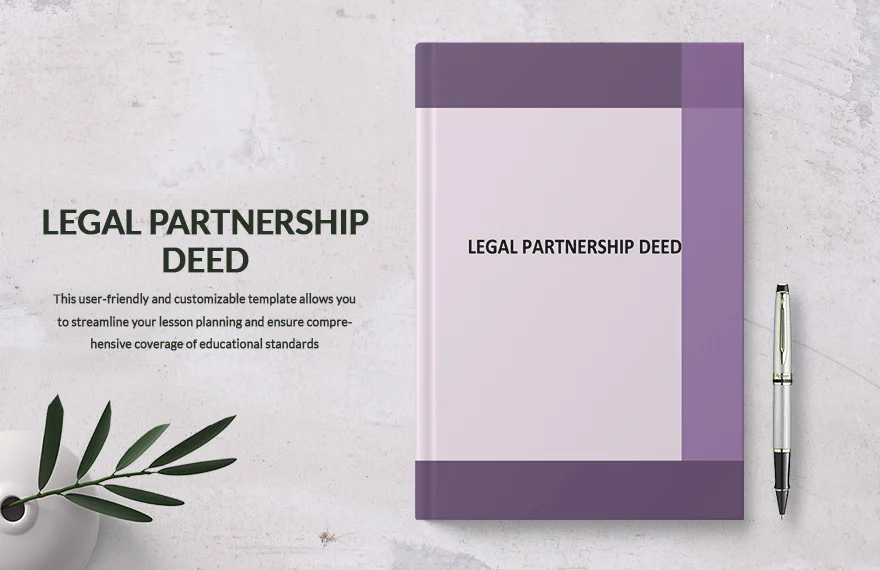
4. Legal Agreement Template
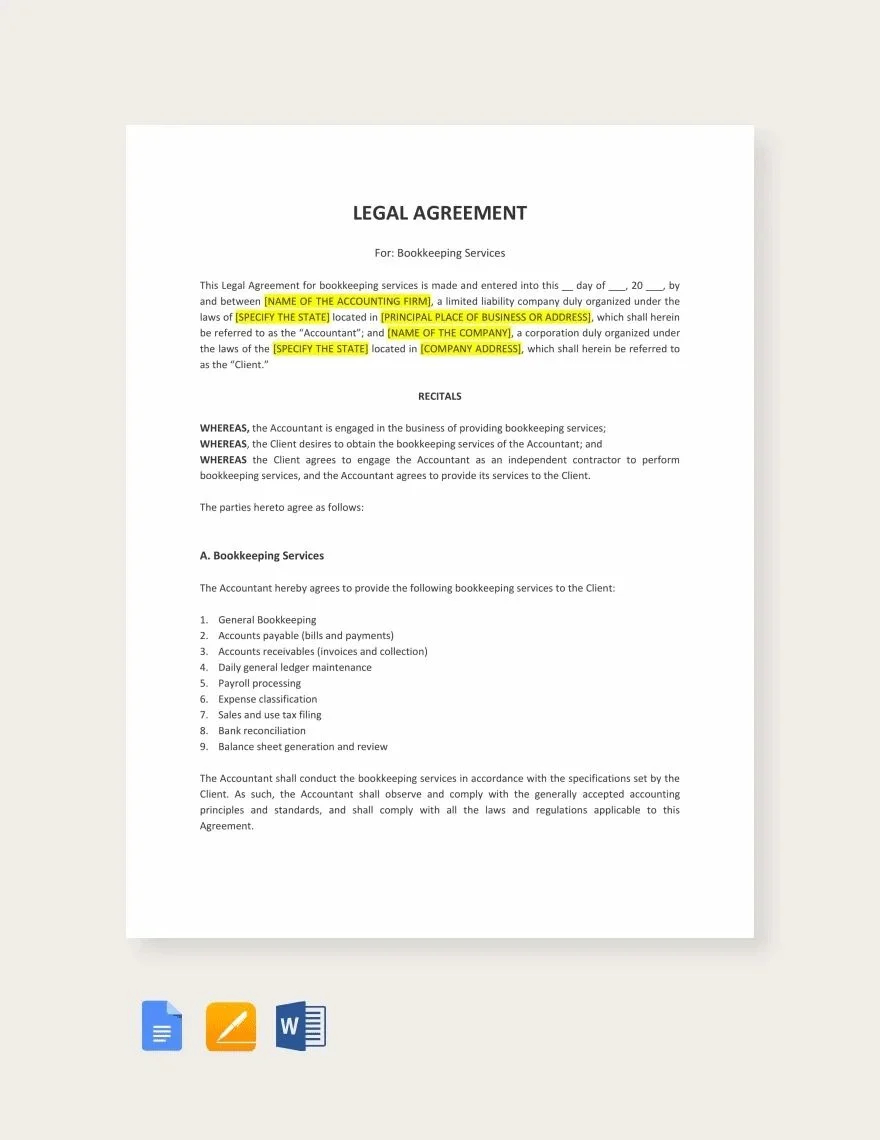
5. Sample Legal Court Document
6. Legal Document Signature Template
What are some examples of legal documents?
Legal documents are essential instruments used to establish and enforce legal rights and obligations. They come in various forms, each designed for specific purposes. Here are some common examples of legal documents:
Contracts: Contracts are legally binding agreements between two or more parties. They outline the terms and conditions of a transaction or relationship, such as employment contracts, lease agreements, and sales contracts. These documents specify the rights and responsibilities of each party involved.
Wills and Trusts: Wills and trusts are estate planning documents. A will outlines how a person’s assets and property should be distributed upon their death, while trusts can be used for various purposes, such as managing assets for beneficiaries.
Deeds: Deeds are documents used to transfer ownership of real property, such as land or houses, from one party to another. Common types of deeds include warranty deeds, quitclaim deeds, and grant deeds.
Power of Attorney: A power of attorney is a legal document that grants someone the authority to act on behalf of another person in financial, legal, or healthcare matters. It can be specific or broad in scope, depending on the individual’s needs.
Legal Pleadings: Legal pleadings are documents filed with a court to initiate or respond to a lawsuit. They include complaints, answers, motions, and petitions, all of which outline the parties’ positions and arguments in a legal dispute.
Affidavits: An affidavit is a written statement made under oath and signed in the presence of a notary public or other authorized person. It is used to provide evidence in legal proceedings and is often used to support or refute facts in a case.
Corporate Bylaws: Corporate bylaws are governing documents for corporations. They specify the internal rules and regulations that guide the company’s operations, including details about board meetings, voting procedures, and the roles and responsibilities of officers and directors.
Patents, Trademarks, and Copyrights: These are legal documents that protect intellectual property. Patents protect inventions, trademarks protect brand names and logos, and copyrights protect creative works such as books, music, and software.
Divorce Decrees: A divorce decree, also known as a divorce judgment, is a court order that finalizes the dissolution of a marriage. It outlines the terms of the divorce, including child custody, property division, and spousal support.
Immigration Documents: Various immigration documents are used to establish legal status in a country, such as visas, green cards, and citizenship certificates. These documents are crucial for individuals seeking to live and work in a foreign country.
Partnership Agreements: Partnership agreements outline the terms and conditions of a partnership, including the rights and responsibilities of each partner, profit-sharing arrangements, and dispute resolution procedures.
Loan Agreements: Loan agreements detail the terms of a loan, including the principal amount, interest rate, repayment schedule, and any collateral or guarantees involved. They are used in various lending situations, from personal loans to commercial financing.
These examples represent just a fraction of the many types of legal documents in existence. The specific document needed in a particular situation depends on the legal issues involved and the parties’ goals and obligations. It’s crucial to seek legal advice and assistance when dealing with any complex legal document to ensure compliance with applicable laws and regulations.
7. Lawyer Legal Document
8. Blank Legal Document Template
9. Business Legal Document Sample
10. Legal Document Format
11. Complaint Legal Document Template
12. Legal Property Document
13. Legal Notary Document
14. Legal Marriage Document
15. Legal Payment Document Template
How do I create a legal document?
Creating a legal document requires careful consideration and attention to detail to ensure that it accurately represents the intentions and agreements of the parties involved. Here are the steps to create a legal document:
Identify the Type of Document Needed:
Determine the specific type of legal document required for your situation. Whether it’s a contract, will, lease agreement, or any other document, understanding its purpose is crucial.
Gather Information:
Collect all relevant information and details needed for the document. This may include names and contact information of the parties involved, a description of the subject matter, terms and conditions, dates, and any specific clauses or provisions.
Research Applicable Laws:
Research and understand the laws and regulations that pertain to your document. Different jurisdictions may have specific requirements or restrictions that must be followed.
Draft the Document:
Begin drafting the document using clear and concise language. Use formal and precise wording to avoid ambiguity. If you are not familiar with legal language, consider seeking the assistance of an attorney or using a legal document template.
Include Essential Elements:
Ensure that your document includes all essential elements and clauses. For example, in a contract, you should include the offer, acceptance, consideration, and mutual intent. In a will, specify the beneficiaries and distribution of assets.
Use Proper Formatting:
Format the document according to legal standards. This typically includes using a specific font and size, proper margins, and numbering of paragraphs or sections.
Include Signature and Notarization:
Many legal documents require signatures from the parties involved. Ensure that all parties sign the document in the presence of witnesses or a notary public, if necessary. Notarization adds an extra layer of authenticity.
Review and Revise:
Carefully review the document for accuracy, completeness, and consistency. Make any necessary revisions or corrections. It’s advisable to have a second set of eyes review the document to catch any errors or omissions.
Consult an Attorney:
If your document involves complex legal matters or significant financial transactions, it’s wise to consult with an attorney. They can provide legal advice, ensure compliance with all laws, and help you draft a document that protects your interests.
Keep Copies and Records:
Make copies of the signed document for all parties involved and keep the original in a safe and secure location. Maintain records of the document, including drafts and correspondence related to it.
File or Record as Required:
Some legal documents, such as property deeds or certain contracts, may need to be filed or recorded with a government agency or registry. Be sure to follow the appropriate procedures in your jurisdiction.
Periodic Review and Update:
Legal documents, such as wills or contracts, may need to be reviewed and updated periodically to reflect changes in circumstances or laws. It’s important to keep your documents current.
Remember that while creating a legal document on your own is possible for some simple agreements, seeking legal counsel is highly recommended for more complex matters to ensure that your interests are adequately protected and that the document is legally sound. Additionally, using reputable legal document templates or online services can be a helpful resource for creating basic legal documents while ensuring compliance with local laws.
16. Legal Aid Declaration Document
17. Signed Legal Document Template
18. Petition for Divorce Legal Document
19. Legal Statement Document
20. Promissory Note Legal Document
21. Child Support Legal Document
What is the standard format for legal documents?
Legal documents typically follow a standardized format to ensure clarity, consistency, and compliance with legal requirements. While the exact format may vary depending on the type of document and jurisdiction, there are common elements and conventions found in most legal documents. Here’s an overview of the standard format for legal documents:
Title: The title appears at the beginning of the document, clearly indicating its nature and purpose. It is usually centered and in bold or uppercase letters, making it easily identifiable.
Preamble or Introduction: Many legal documents begin with a preamble or introduction that provides context and background information about the document’s purpose. This section often includes the names of the parties involved and the date.
Recitals: Recitals, also known as “whereas” clauses, outline the reasons and considerations that have led to the creation of the document. They provide context and set the stage for the main provisions. Recitals are typically numbered or bulleted for clarity.
Definitions and Interpretations: To avoid ambiguity, legal documents often include a section defining key terms and phrases used throughout the document. This ensures that all parties have a clear understanding of the terminology.
Operative Clauses or Provisions: The main body of the document contains the operative clauses or provisions. These are the legally binding terms and conditions that outline the rights, obligations, and responsibilities of the parties involved. Clauses are usually numbered or lettered for easy reference.
Signature Blocks: At the end of the document, there are signature blocks where the parties involved sign the document. Each signature block typically includes spaces for the party’s name, title (if applicable), date, and signature. Some documents may require witnesses or notaries for additional authentication.
Notary Acknowledgment: For certain legal documents, such as contracts or deeds, a notary acknowledgment may be required. This section includes the notary’s seal and signature, certifying that the document was executed in accordance with legal requirements.
Execution Date: The execution date is the date when the document is signed. It is essential for determining when the document becomes legally effective.
Notation of Amendments: If there are any amendments or modifications to the document, they should be clearly noted and dated. This helps ensure that all parties are aware of changes made after the initial execution.
Seals and Stamps: In some cases, official seals or stamps may be affixed to the document to indicate its authenticity or to meet specific legal requirements.
Appendices or Attachments: Additional information, sample schedules, or exhibits may be attached to the document as appendices or attachments. These provide supplementary details that are referenced in the main body of the document.
Page Numbers and Pagination: Legal documents are often paginated, with page numbers appearing at the bottom or top of each page. This helps in referencing specific sections or clauses.
Margins and Formatting: Legal documents typically adhere to specific formatting guidelines, including margin widths, font sizes, and line spacing, which may be dictated by local court rules or legal traditions.
It’s important to note that the standard format may vary slightly depending on the jurisdiction and the specific requirements of the document. Additionally, certain legal documents may have unique elements or sections specific to their purpose, such as property descriptions in real estate documents or schedules of assets in wills and trusts. Legal professionals, including attorneys and paralegals, are well-versed in creating documents that adhere to the appropriate format and legal conventions.
Related Posts
FREE 5+ Business Power of Attorney Samples in PDF
FREE 10+ Health Care Power of Attorney Samples in PDF | MS Word | Google Docs
FREE 6+ Company Power of Attorney Samples in PDF
FREE 5+ Affidavit of Desistance Samples [ Case, Settlement, Claim ]
FREE 10+ Affidavit of Funeral Expenses Samples [ Claim, Cost, Benefits ]
FREE 6+ Affidavit of Translation Samples in PDF
FREE 2+ Supporting Deposition Samples in PDF | MS Word
FREE 9+ Sample Orders to Appear in PDF
FREE 5+ Mortgage Deed Samples & Templates in PDF
FREE 13+ General Power of Attorney Templates in PDF | MS Word
FREE 19+ General Affidavit Samples and Templates in PDF
FREE 9+ Patent Assignment Samples and Templates in PDF
FREE 14+ Deed of Discharge Samples & Templates in PDF | MS Word
FREE Buying & Selling Intellectual Property [ Definition, Types, Facts ]
FREE Application for a License to Display Trademarks [ Definition, When is it Needed, How to Apply ]

